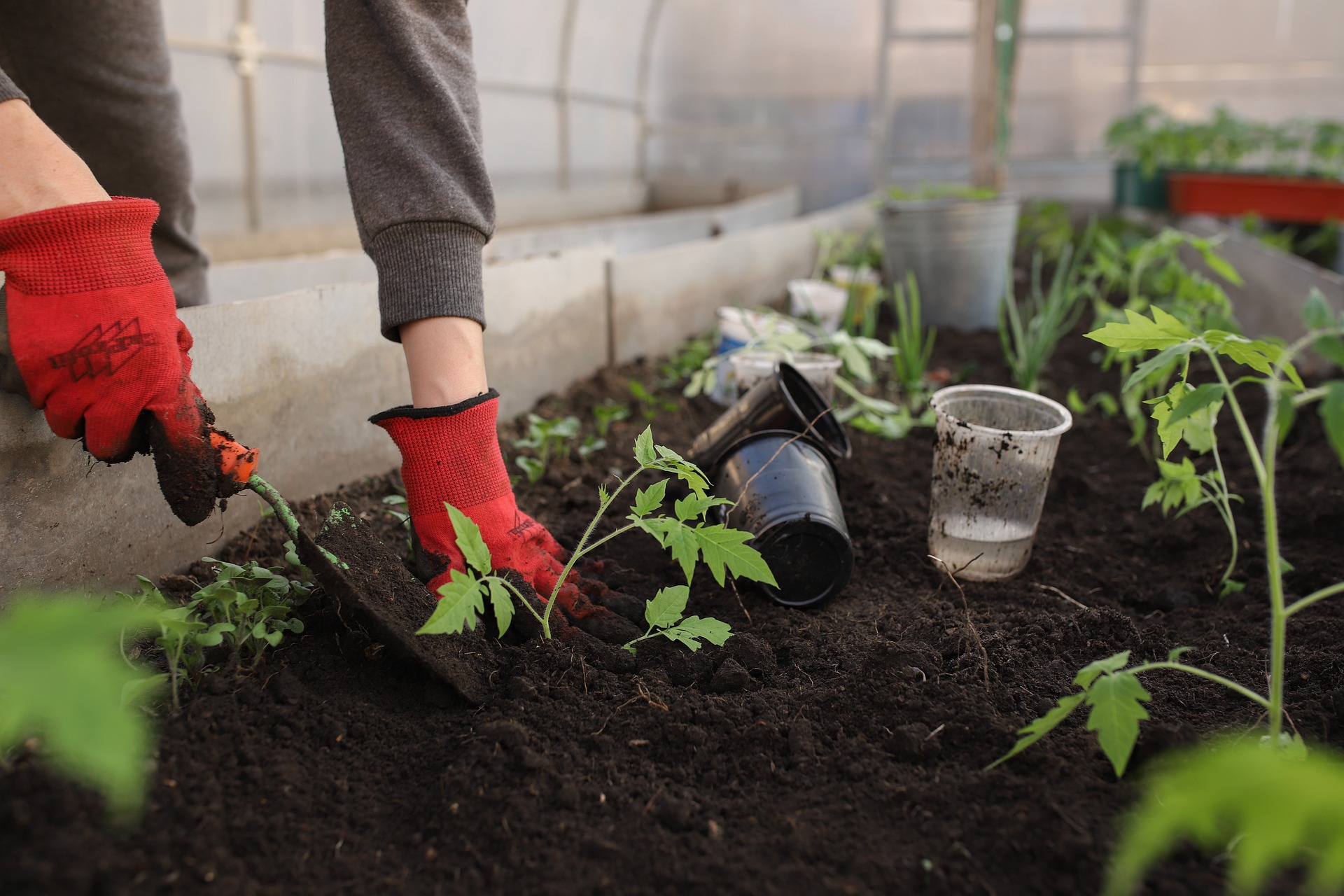Essential Gardening Tools: Choose the Right Trowel, Shears & Fork
A reliable set of gardening tools makes time in the garden more productive and more enjoyable, whether you cultivate vegetables, flowers, or simply tend a small lawn border. Understanding which tools to buy, how to use them correctly, and how to maintain them extends their life and improves plant health. This guide walks through essential garden tools, with practical tips on trowels, pruning shears, and garden forks to help both beginners and experienced gardeners work smarter.

garden tools: must-haves for every gardener
Every gardener benefits from a core kit of garden tools that handle digging, planting, pruning, and soil care. A sturdy trowel is indispensable for small digging and transplanting; a garden fork loosens compacted soil and helps incorporate compost; pruning shears handle stems and small branches. Add a water source, gloves, a rake, and a spade to round out the basics. Choosing tools made from corrosion-resistant materials with comfortable grips reduces fatigue and improves precision while working around delicate plants.
gardening: tools that match your garden type
Different garden types demand different tool priorities. Container gardeners often need compact, narrow trowels and hand pruners for space efficiency. Vegetable gardeners prioritize a durable spade, hoe, and garden fork to prepare beds and harvest deeply rooted crops. Flower gardeners benefit from precision pruning shears and weeding tools to protect fragile stems and root systems. Match tool size and strength to the tasks and plant types in your plot; investing in a few specialized pieces often pays off in reduced effort and better plant outcomes.
trowel: picking and using the right one
Trowels come in shapes for transplanting, digging, and scooping soil. A transplanting trowel typically features a narrower blade that reaches deeper into pots and roots, while a scooping trowel has a broader cup for moving soil or compost. Choose a trowel with a comfortable handle—wood, rubber, or molded plastic—and a tempered steel blade that resists bending. When using a trowel, dig gently around root balls to avoid damage, and use the tool’s edge to create planting holes of consistent depth for even root establishment.
pruning shears: types and safe pruning tips
Pruning shears (secateurs) fall into two main types: bypass and anvil. Bypass shears cut like scissors and are best for live stems and green wood, producing cleaner cuts that heal quickly. Anvil shears crush the stem against a flat surface and are better for dead wood. Keep blades sharp and clean to reduce plant disease transmission and effort. Cut at a slight angle just above a bud or branch junction, and avoid tearing bark. Regularly oiling the pivot and sharpening the blade keeps shears performing smoothly season after season.
garden fork: when and how to use it
A garden fork is excellent for breaking up compacted soil, turning compost, and lifting root vegetables without slicing them. When working heavy clay or compacted beds, push the fork in and leverage backwards to fracture the soil structure, allowing better aeration and drainage. Choose a fork with strong, slightly curved tines and a comfortable shaft—wood or fiberglass depending on preference. Use the fork to lift root crops with care: work around the plant and lift from below to avoid puncturing potatoes or carrots, preserving your harvest.
Occasionally, gardeners rely on online retailers, local services, or garden center websites to compare tools or order replacements. Be aware that online platforms and garden apps can sometimes experience technical issues or interruptions. For example, a service may return an error such as: Service Unavailable: . When this happens, refresh the page, retry the request later, or contact the provider’s customer support or local store. If ordering online, verify return policies and delivery times before purchasing; occasional service interruptions can delay checkout or order tracking.
Conclusion
Selecting the right garden tools—balanced between durability and ergonomics—makes gardening tasks faster and healthier for plants. Regular maintenance like cleaning, sharpening, and proper storage preserves function and value. Whether you favor hand tools like a precise trowel and pruning shears or heavier implements like a garden fork, matching tools to the job and your garden’s needs helps you achieve better results with less effort.






